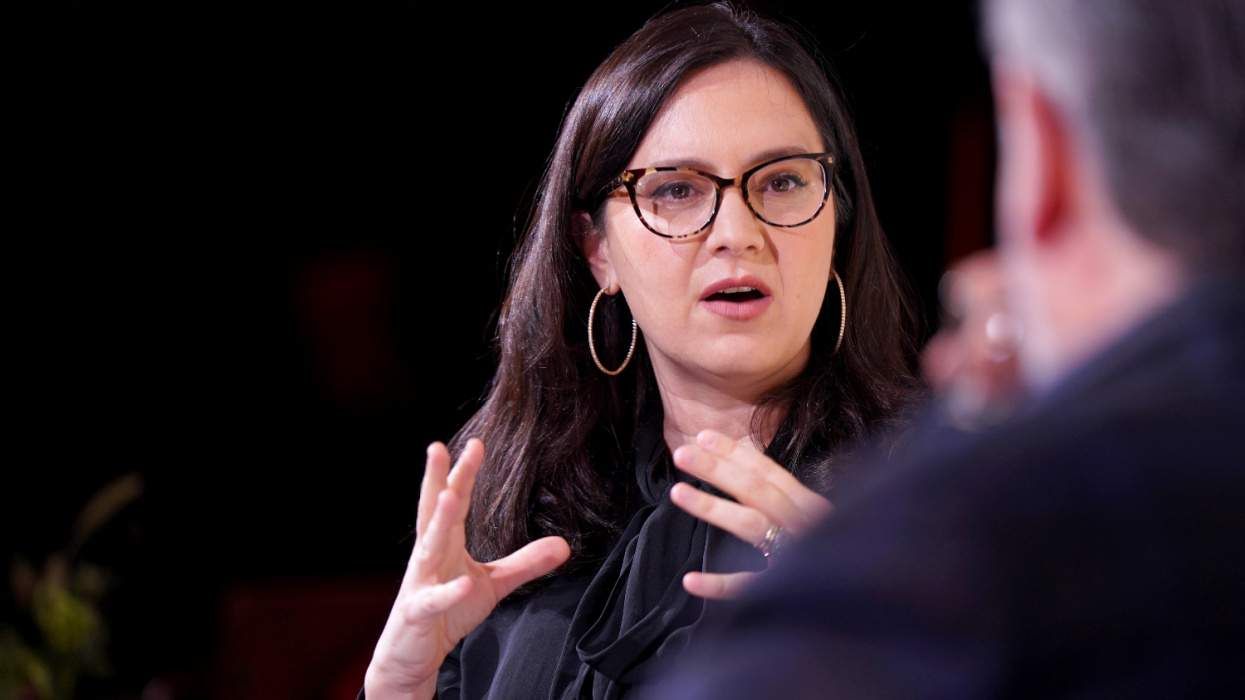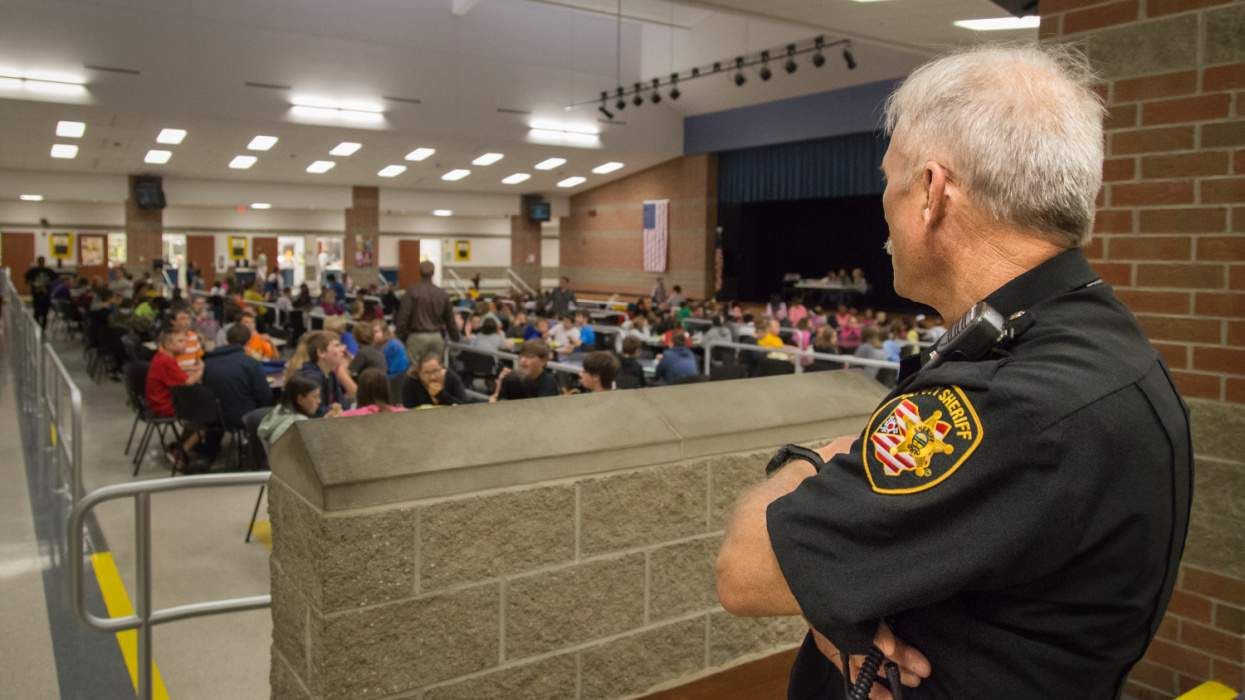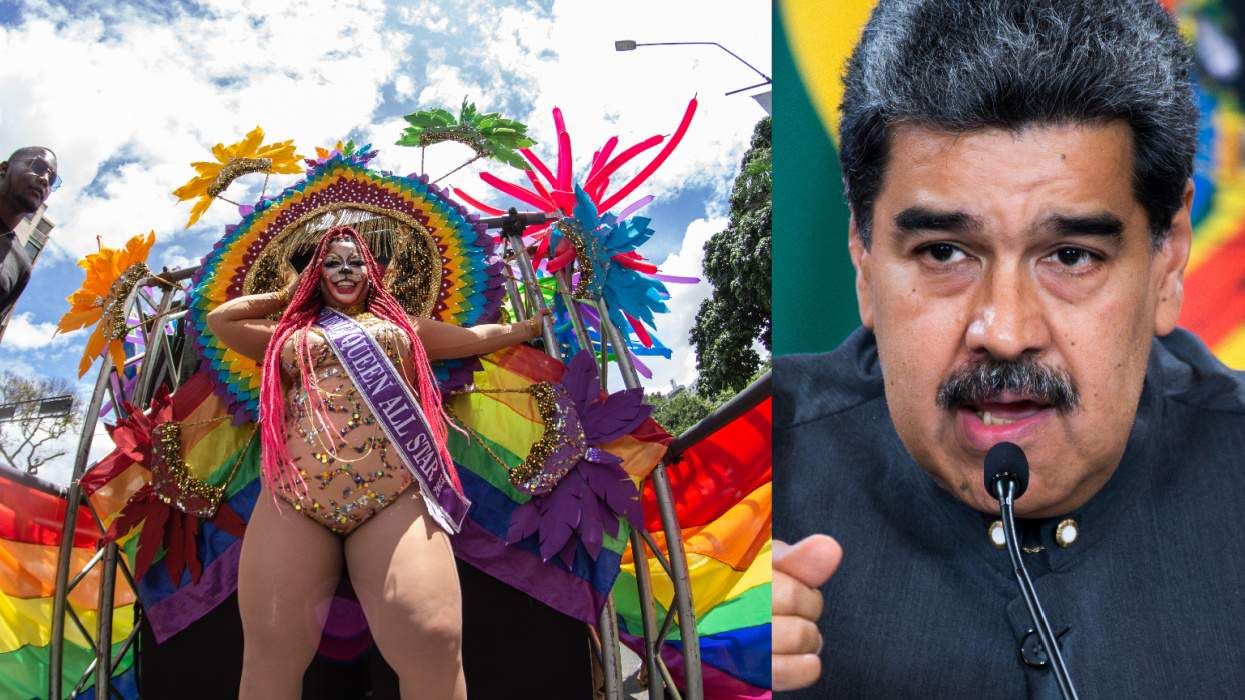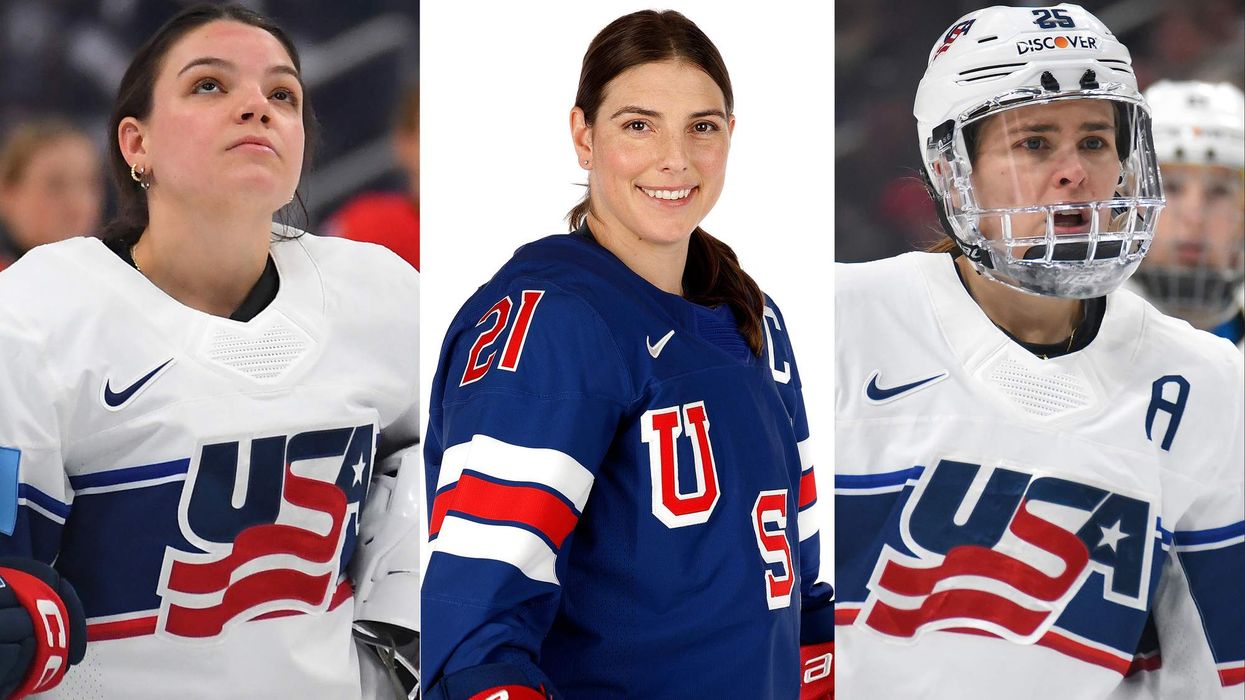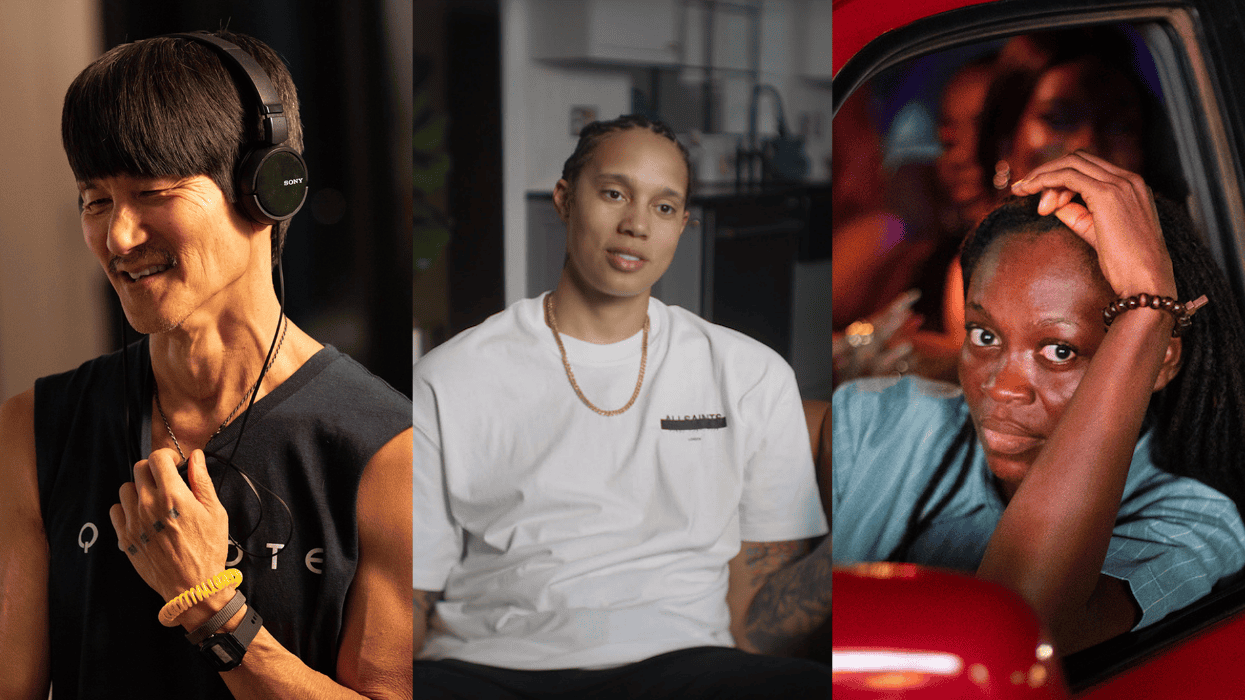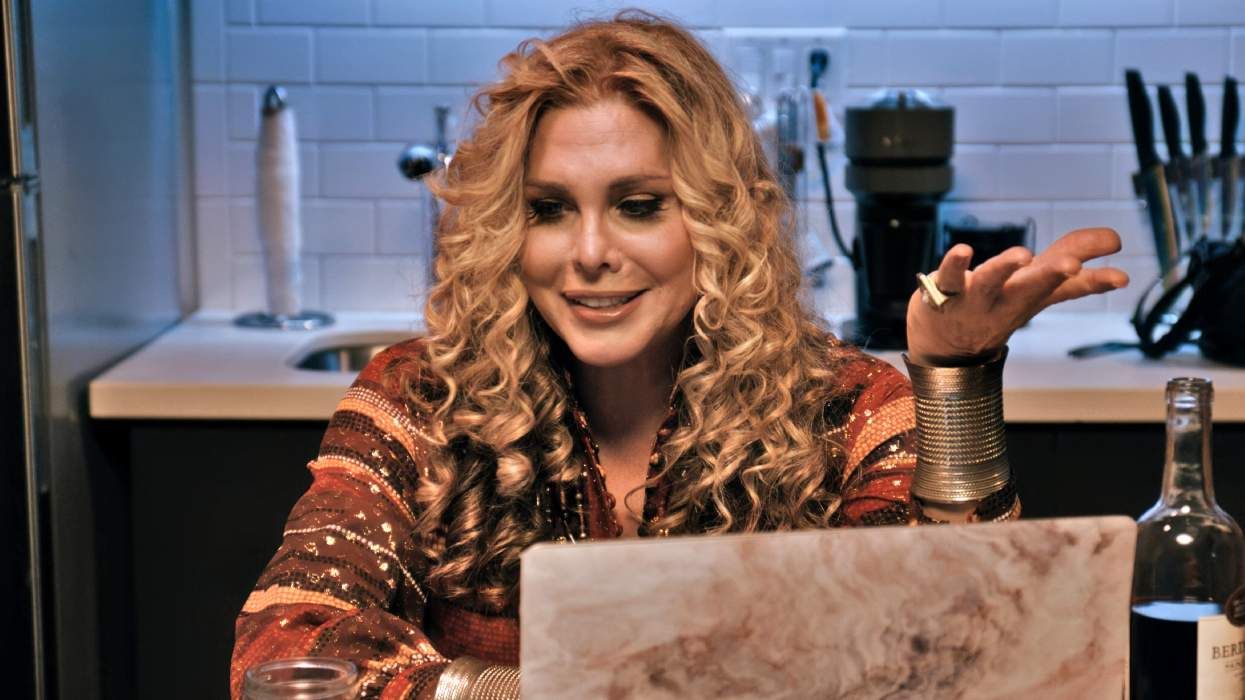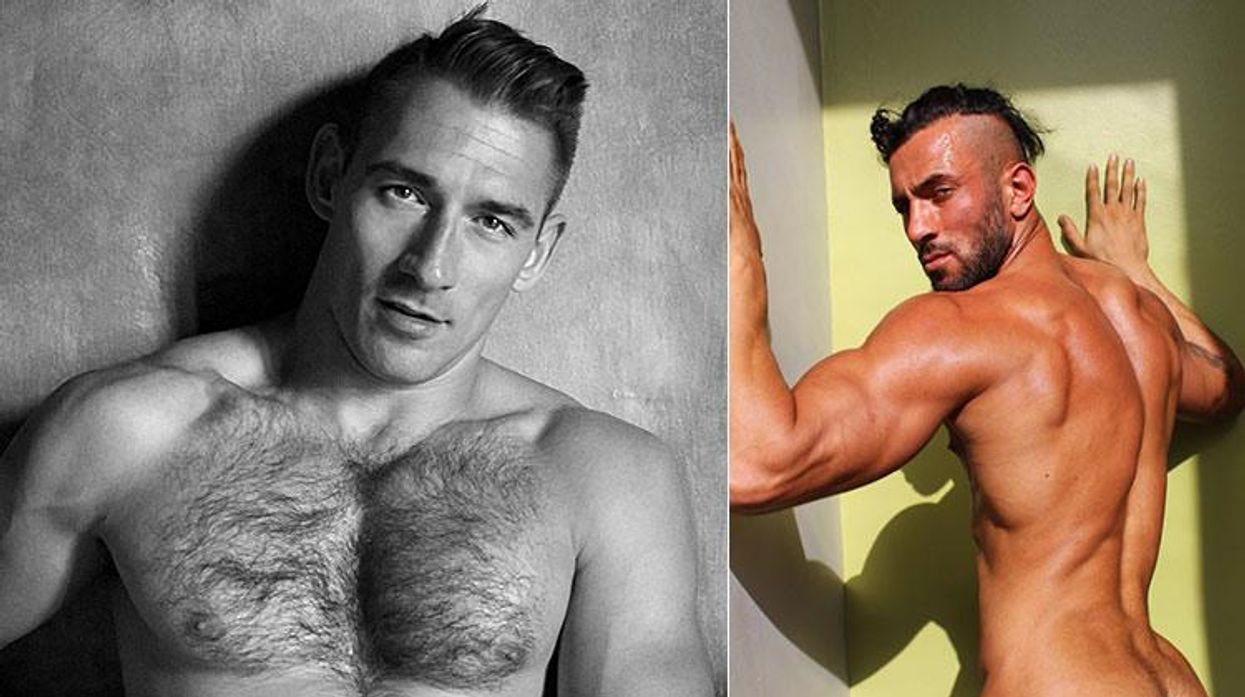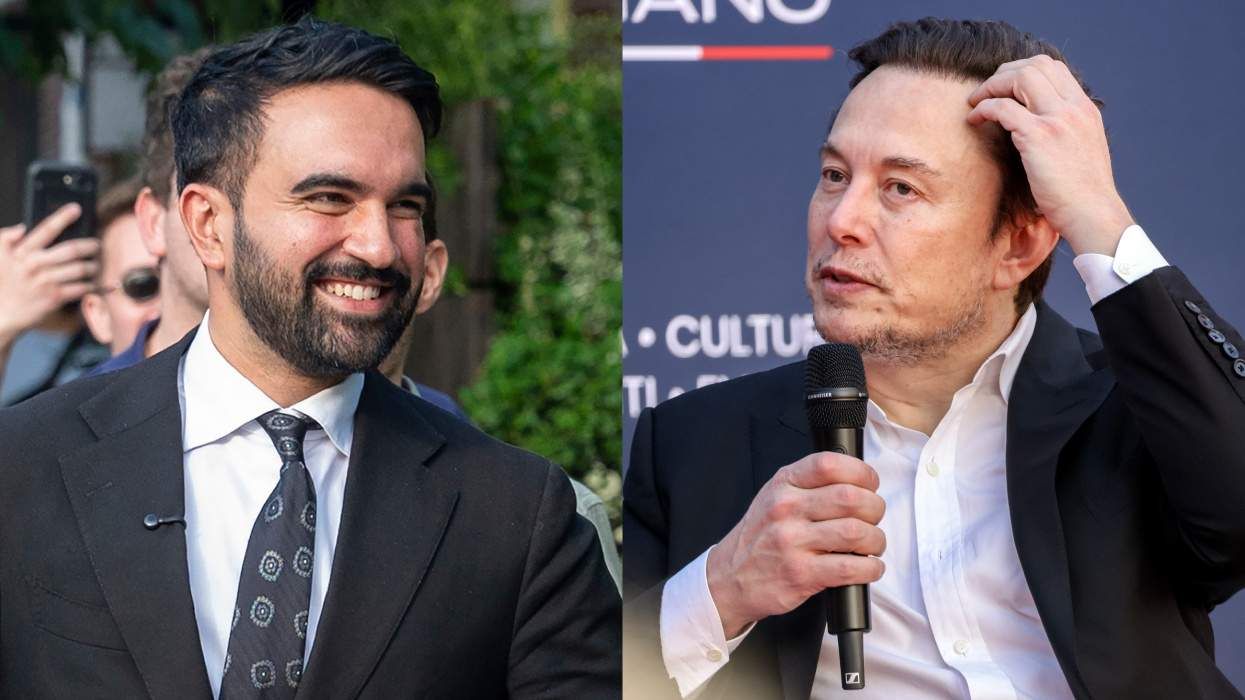Improbably, Beauty and the Beast has found itself in the middle of a culture war.
The live-action adaptation of the 1991 classic sparked an animated international controversy after its out director, Bill Condon, revealed that the character of LeFou is queer and will have an "exclusively gay moment" in the new Disney film.
"LeFou is somebody who on one day wants to be Gaston and on another day wants to kiss Gaston. He's confused about what he wants," Condon told Attitude. "It's somebody who's just realizing that he has these feelings. [Actor] Josh [Gad] makes something really subtle and delicious out of it. And that's what has its payoff at the end, which I don't want to give away. But it is a nice, exclusively gay moment in a Disney movie."
In response, Russia, with its "gay propaganda" ban for minors, placed a 16+ age restriction on viewings of the children's film. A theater in Alabama vowed not to screen it. Over 100,000 people have signed a boycott petition.
What anti-LGBT protesters don't realize, however, is that Disney has always had queer characters. The character in question, LeFou, was swooning for the manly and muscled Gaston even in the 1991 version. Bradley Pierce, the actor who voiced Chip in this iteration, confirmed this in an interview this week with TMZ.
"I think LeFou, the character who is officially gay now, always was," said Pierce, who called the henchman a "gay bro wingman."
And LeFou is hardly alone. LGBT viewers have recognized their own in Disney films since the Evil Queen first saw the fair Snow White in the magic mirror. The sexual orientation and gender identity of these characters have never been as explicitly stated as today's example -- but then again, the same holds true for people in the real world.
Historically, many of the more obviously LGBT characters have been villains: The Lion King's Scar, Aladdin's Jefar, The Little Mermaid's Ursula, Sleeping Beauty's Maleficent, and Pocahontas's John Ratcliffe, just to name a few. These power-hungry women and sly and effeminate men are in many respects hangovers from the Hays Code -- rules of censorship that prevented Hollywood from portraying obviously gay characters from the early 1930s to 1966. In this period, villains, while closeted, took on queer attributes -- gender-nonconforming in clothes or demeanor, or an obsession with a character of the same sex. It's no coincidence that there is more than a passing similarity between Rebecca's Mrs. Danvers and Cinderella's Evil Stepmother.
But heroes in Disney films are also queer. The Little Mermaid's Ariel is a trans character. Despite the disapproval of her father, she pays a price to become human, knowing in her heart that she was born to be one. Moreover, her song "Part of Your World" is an anthem -- sung at gay bars around the world -- about the longing to fit in and love freely without judgment from society.
These words were written by a gay lyricist, Howard Ashman. He died of an AIDS-related illness during the production of Beauty and the Beast -- another film with a protagonist who, in spite of the pitchfork-wielding masses, an uber-male suitor, and cultural taboos, learns to follow her heart and love outside her species.
Disney creates films for children, which due to persistent myths of LGBT people as predators and perverts, has perpetuated a glass closet. That this closet is breaking -- reflecting LGBT visibility and progress in the real world -- should be celebrated. But its message of inclusion, love, and embracing others? That's a tale as old as time.
As Condon remarked at a Sunday press conference, "What is the movie about? What has this story always been about for 300 years? It's about looking closer, going deeper, accepting people for who they really are."
DANIEL REYNOLDS is an editor at The Advocate. Follow him on Twitter @dnlreynolds.

